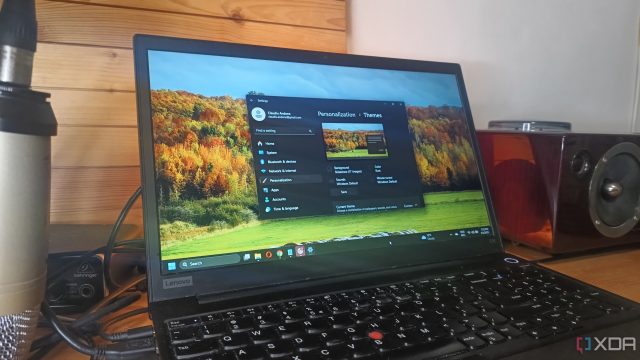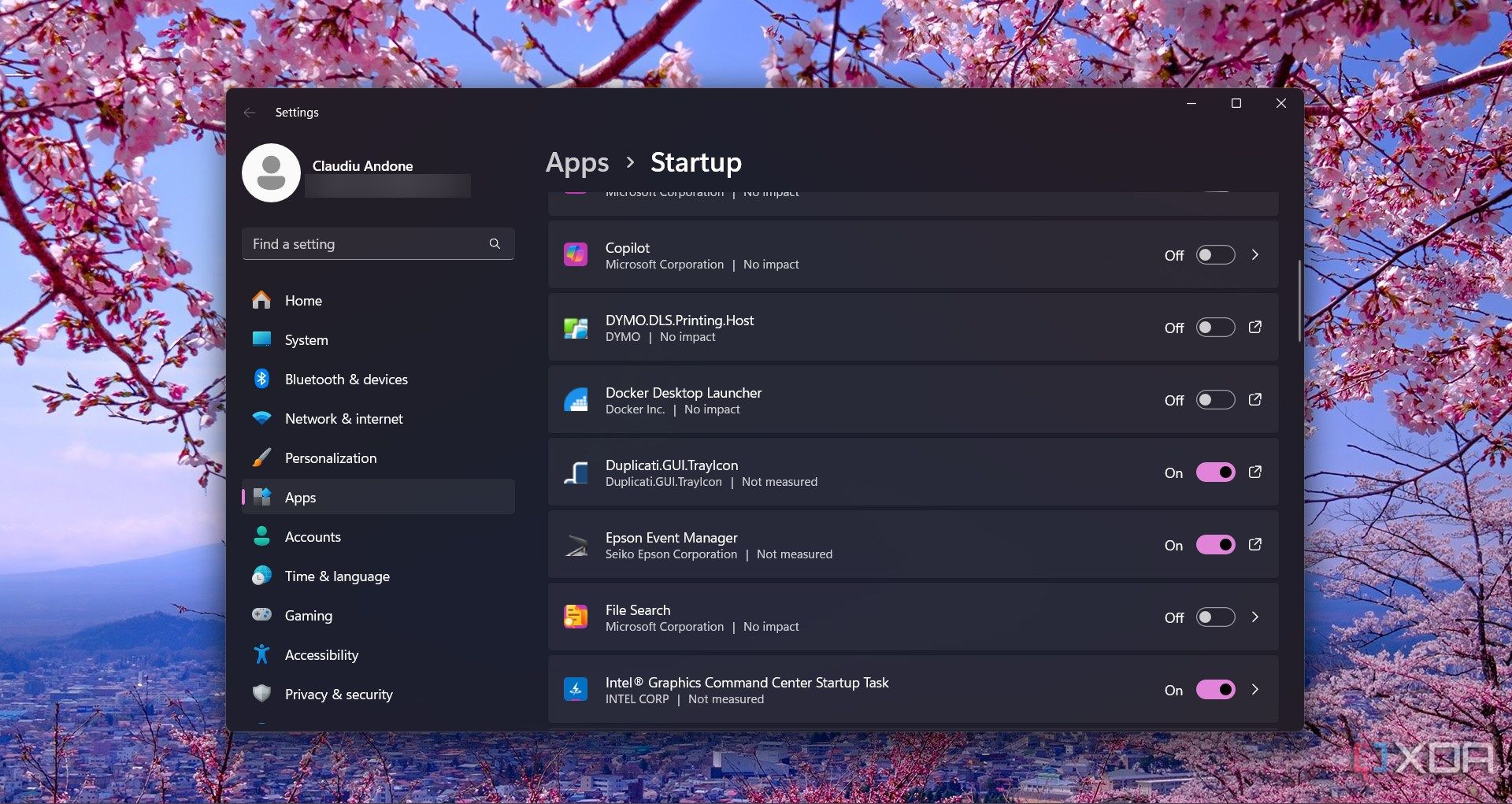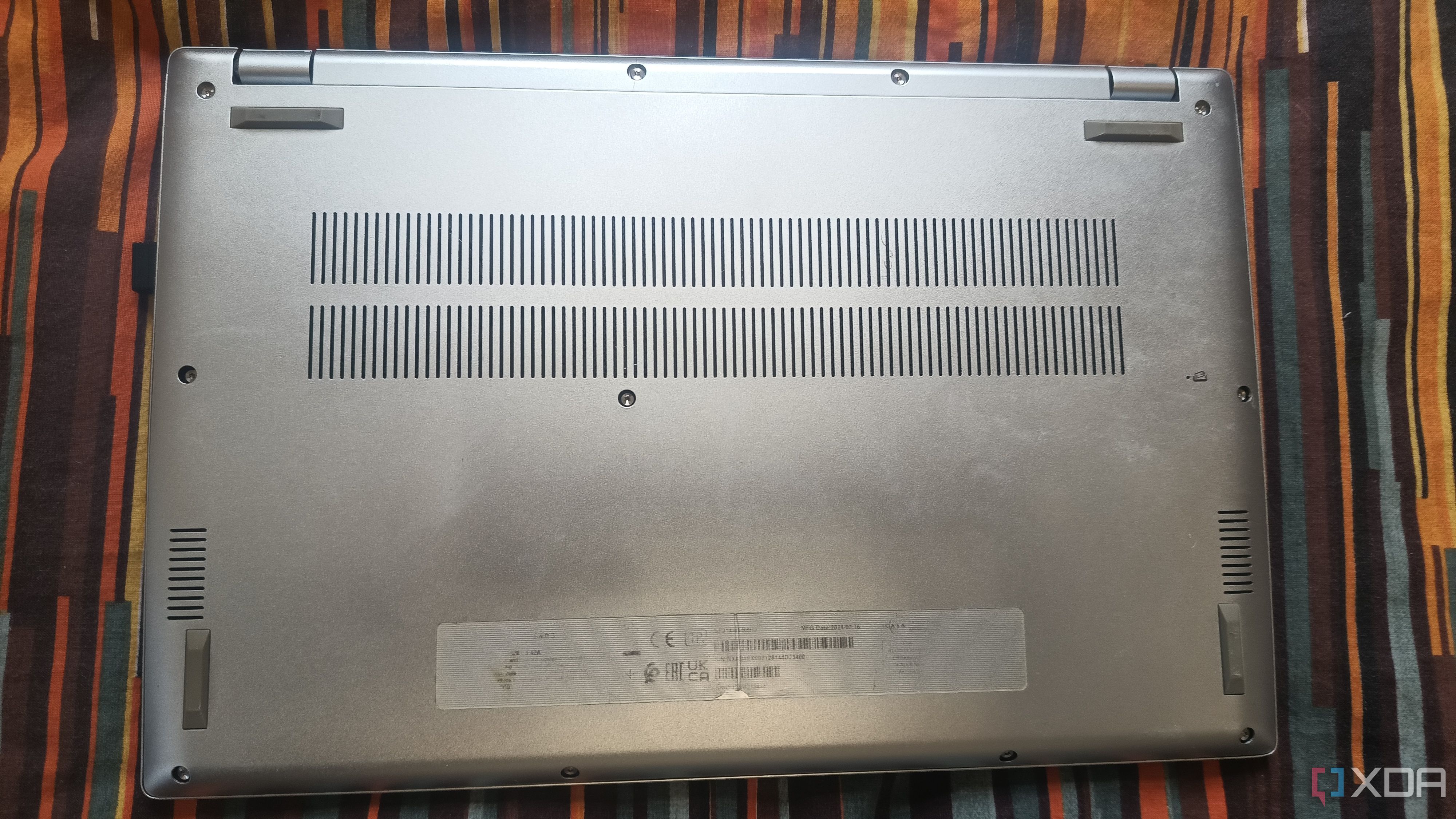Laptops are our trusty companions, whether we’re working, studying, or binge-watching our favorite shows. But much like any reliable partner, they need attention and care to perform at their best. Unfortunately, neglecting essential maintenance tasks can turn a well-oiled machine into a sluggish, chaotic mess. Here’s how my oversight landed me in laptop turmoil, and how you can avoid making the same mistakes.
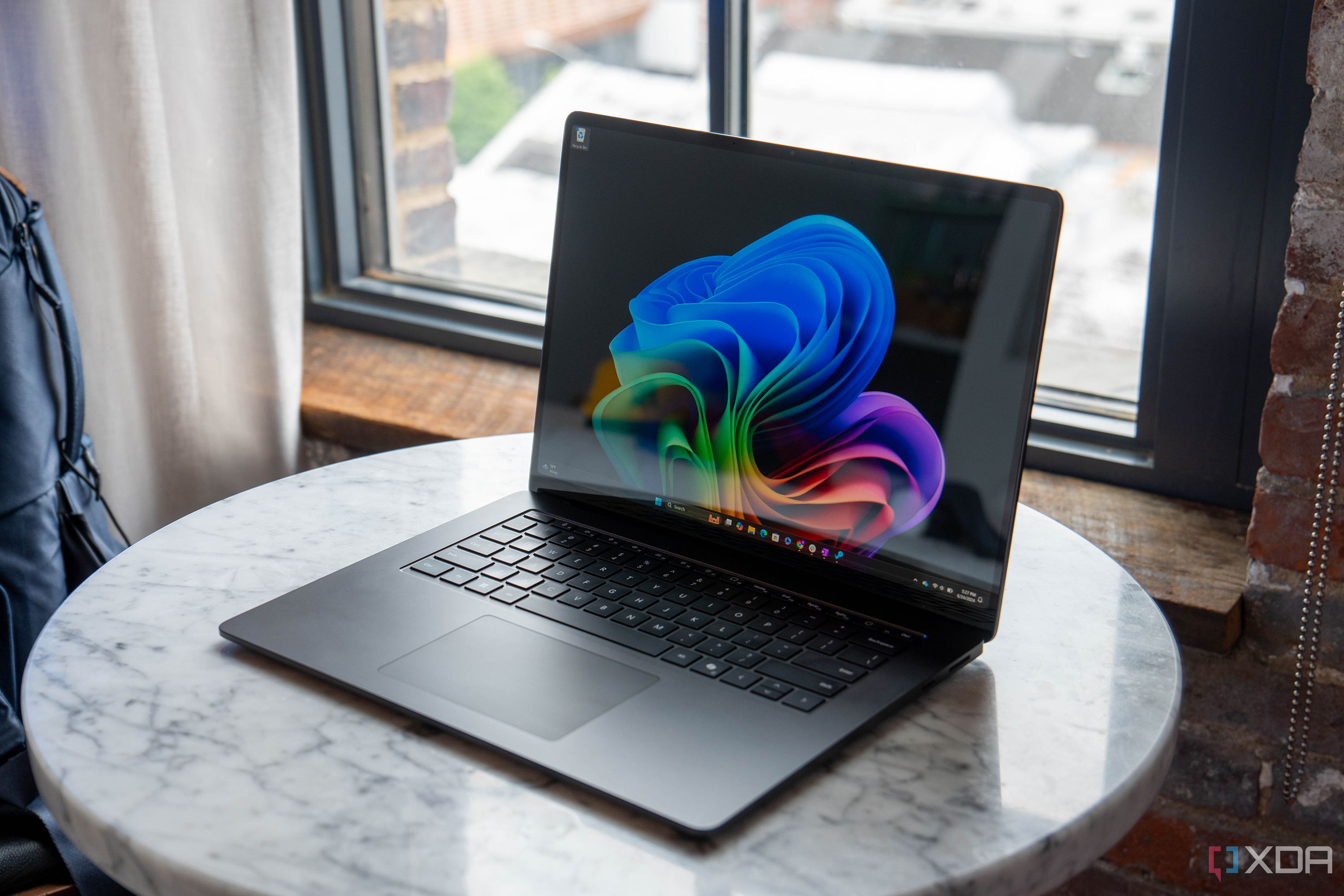
Related
7 tips for maintaining long-lasting performance on your laptop
Make sure your laptop stays snappy for years
5
Letting unused software pile up
I’ll delete it tomorrow
I install new apps daily to test them, assess their features, and compare them with other similar tools. A few of them are great and deserve a spot in my workflow, but the majority should be uninstalled right away. I say I should, because I always postpone this critical step indefinitely, or until the system partition is filled up with such junk.
It’s not only about space. Some of these apps run in the background, or they get a spot in the startup list, thus consuming valuable resources. Don’t be like me! Check the list of installed apps weekly (or daily if possible), and uninstall any unused software. While you’re at this, you should also run a Disk Cleanup to get rid of temporary files, browsing history, and other junk files from your drives. Deleting the temporary system files got me 23GB of free space because I ignored this important step.
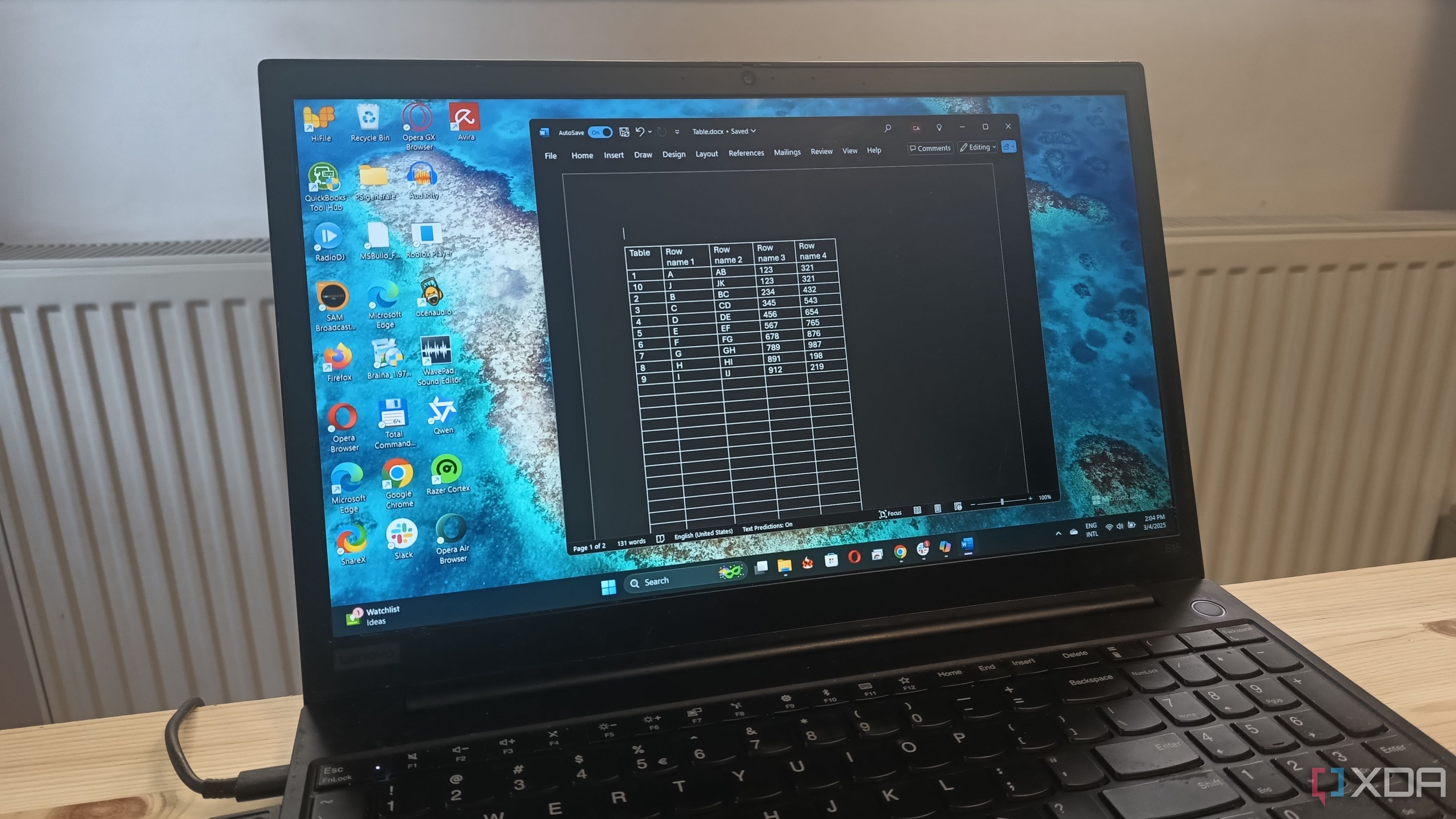
Related
5 Microsoft apps that consume a lot of your laptop’s resources
You may or may not be surprised who the culprits are.
4
Ignoring the Startup app list
Too many apps are starting automatically
As I’ve mentioned above, I install many apps regularly. Even if I keep the ones I really need and use, that doesn’t mean they should start after Windows boots up. I know I should check the startup list regularly, but I keep postponing it, and when I restart my laptop, I have to wait a few minutes until I can get to work.
If you have a potent configuration with plenty of RAM or are not installing so many apps, you probably won’t need to check this list so often. In case you’re like me, go to Settings -> Apps -> Startup and disable the ones you don’t need to run right away.
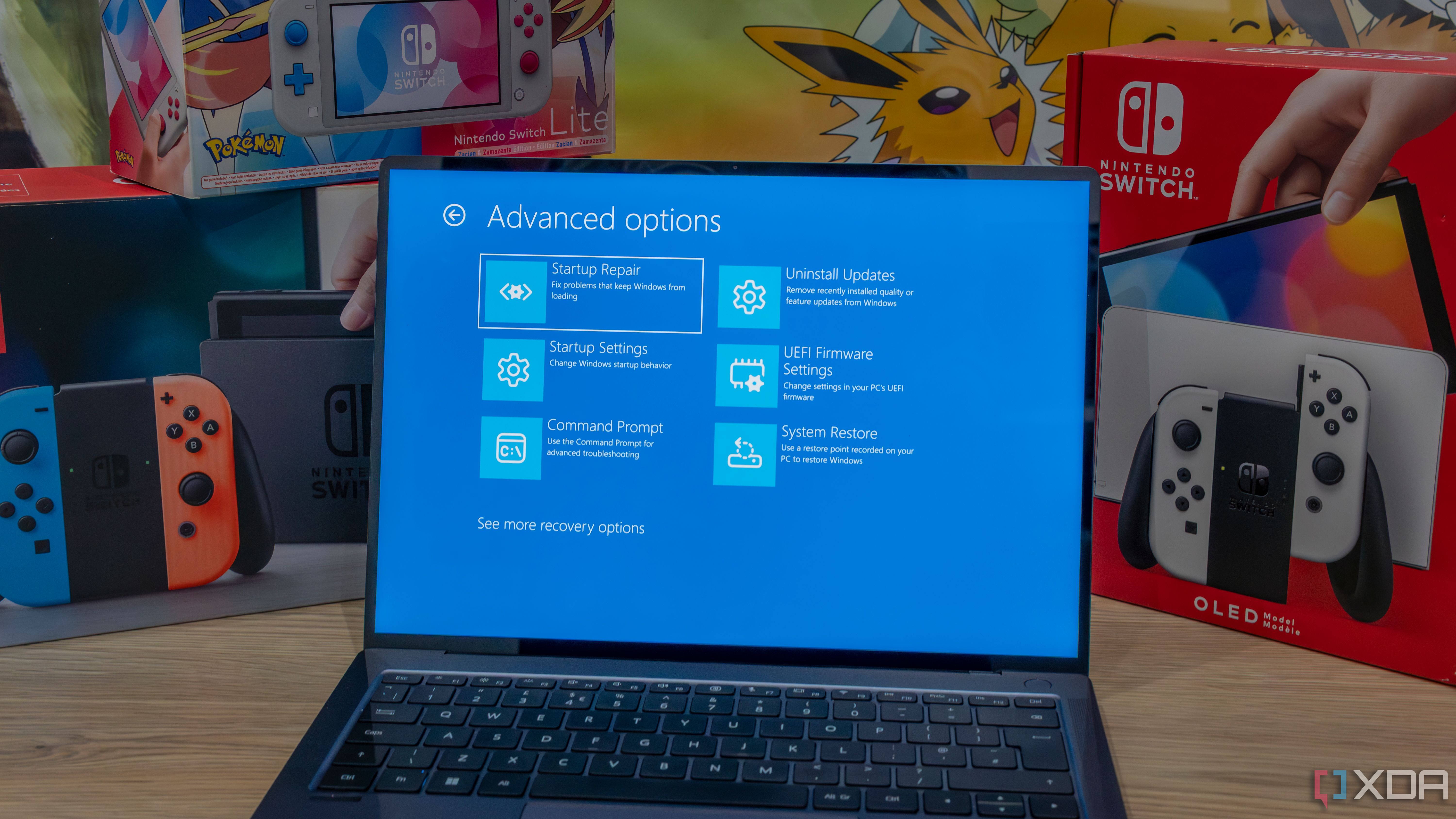
Related
6 things you didn’t know you can do with advanced startup settings in Windows
Windows is hiding a lot of secrets
3
Letting dust accumulate
My laptop is heating up
Ignoring dust build-up in vents and around the cooling system turned my laptop into a mini furnace. Dust restricts airflow, which forces the internal components to work harder and generate even more heat. This led to persistent overheating, fan strain, and even unexpected shutdowns when the system tried to protect itself. I only started doing something about it when the dust-clogged fans started to spin faster and louder in a desperate attempt to cool the system.
Clean your laptop’s external vents with a can of compressed air every three to six months. If you’re comfortable doing so, open the case for an internal dusting or have a professional do that. It only costs a few bucks, but a safe thermal environment will keep your laptop healthy.
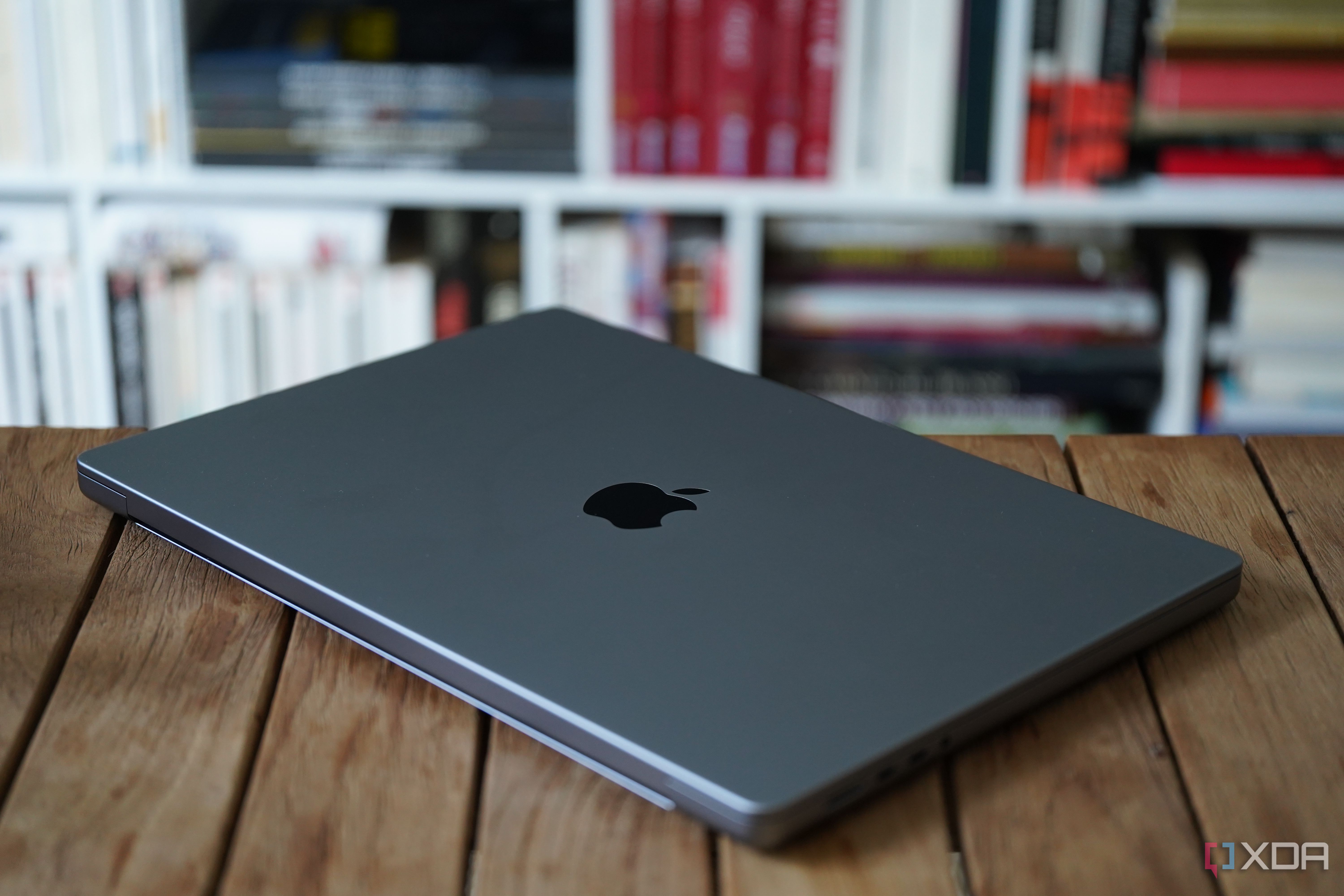
Related
4 mistakes I made cleaning my MacBook so you don’t have to
I thought cleaning my MacBook was easy until I messed it up.
2
Avoiding external backups
Backups are not optional
My most painful experience was relying solely on the laptop’s internal storage without taking regular backups. When the system started failing, I realized that many irretrievable files and important data were lost forever, an outcome that could have been mitigated with simple external backups.
Since the misfortune, I have always kept an external drive close by for regular backups. If you want to make things even safer, you can apply the 3-2-1 backup rule: three copies of your data, two different media formats, and one copy stored off-site.
You can also use a reliable cloud backup service. Set up schedules for regular backups, and periodically verify that your backup copies are complete and accessible in case of an emergency.

Related
I ignored these 5 backup strategies until my hard drive died
I should have heeded my own advice
1
Ignoring battery health
Don’t keep your laptop always connected to the outlet
I kept my laptop plugged in continuously, mistakenly believing that constant power kept it ready to go. Over time, this habit led to a severely diminished battery capacity, with my battery struggling to last more than one hour on a charge.
Lithium-ion batteries have a limited number of charge-discharge cycles. Overcharging or keeping them at 100% charge for extended periods stresses the battery chemistry. Nowadays, some systems and chargers allow setting up a battery threshold. That means they won’t allow charging up to 100% and start charging again when the battery reaches a minimum level that you set. That means it’s just like a physical disconnection of the power supply.
If your laptop or charger is not equipped with such technology, alternate between plugged-in and battery power to maintain a balanced cycle count. You may also get a battery management tool to monitor subtle declines in health.

Related
How to limit battery charge to 80% on Windows 11
Keeping your battery constantly at 100% can reduce its lifespan, but many Windows 11 laptops lets you limit the maximum battery charge to 80%.
These methods can increase the life of your laptop
Neglecting these five critical maintenance tasks transformed my laptop into an erratic, inefficient, and overburdened machine. Each overlooked detail, from routine software updates to physical cleaning, contributed to a cascading series of performance issues and potential security risks.
If you wish to extend the life of your laptop and keep your digital workspace orderly and secure, start incorporating these maintenance habits now. A little effort on your part today could avert more serious and costly problems in the future.


